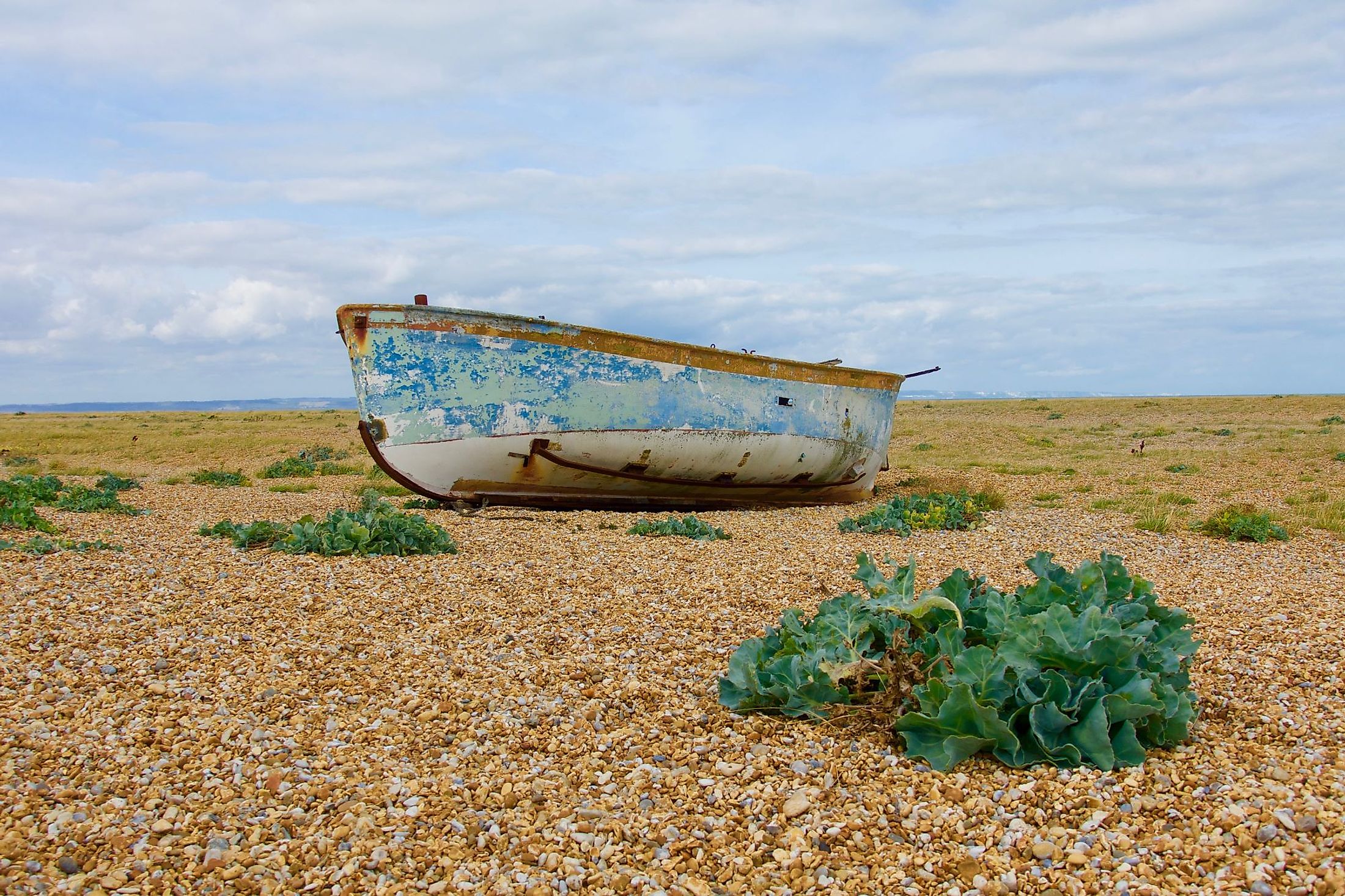
Are There Any Deserts In The United Kingdom?
Deserts are defined as barren areas that receive very little precipitation and where the water loss through evaporation is comparatively much quicker than its replacement by rainfall. Deserts cover approximately one-third of the world’s land area, varying wildly in their nature and size. Depending on their diversity, deserts are further classified into various types, including coastal, polar, subtropical, cold, and hot deserts. Due to the presence of beautiful emerald-green hills and the frequent rainfall it receives, the United Kingdom does not immediately come to mind as a place where one can expect to find a desert.
However, located on the southeastern coast of England’s Kent County, Dungeness is considered the only desert in the United Kingdom by popular belief althought not officially declared as one. in 2015, the Meteorological Office refuted Dungeness’s desert status as a myth. Nevertheless, the desolate landscape has become one of Britain’s most recognizable landmarks and attracts thousands of tourists every year.
Is Dungeness Really A Desert?
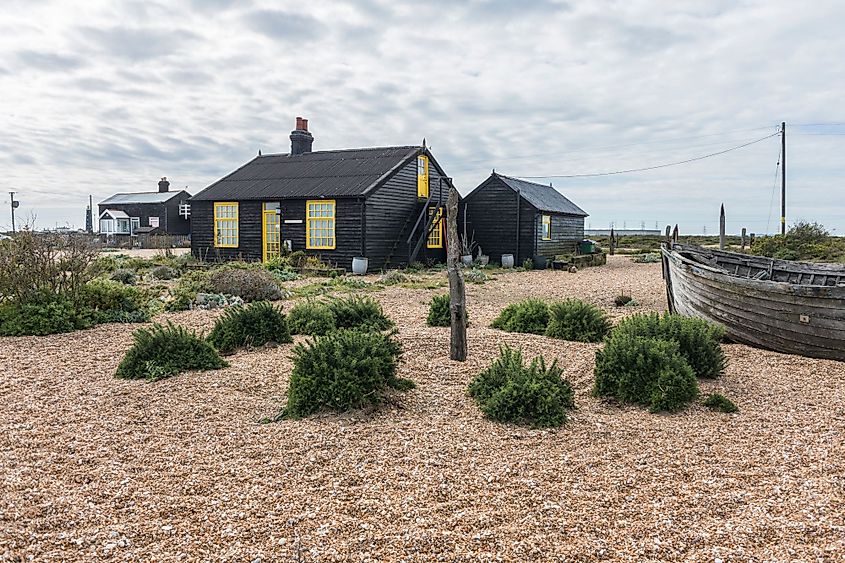
To be considered a real desert, an area must receive less than 250mm of precipitation annually. However, the presence of more than 600 plant species proves that Dungeness gets more than 250mm of precipitation. Dungeness was once believed to be the only officially recognized desert in the United Kingdom. However, the Meteorological Office in 2015 formally debunked the claim of Dungeness being a desert.
About Dungeness
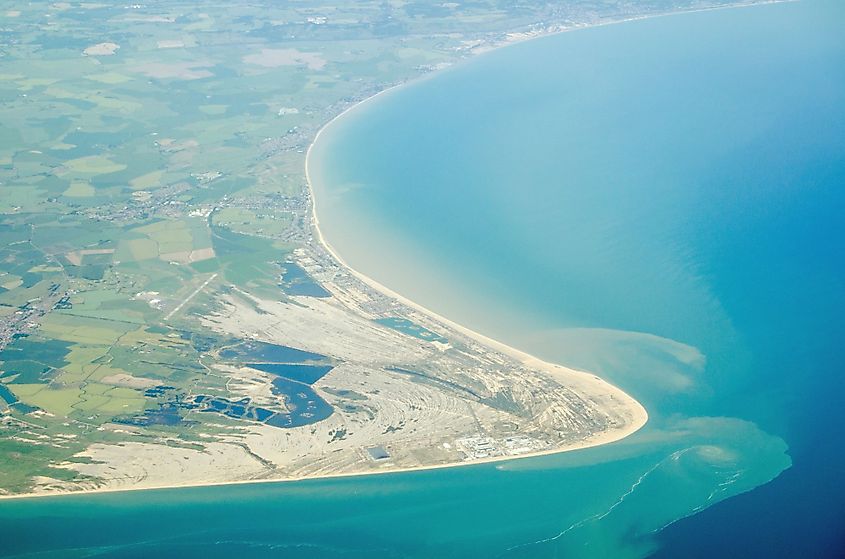
Dungeness is a cuspate foreland, a long, loosely triangular expanse of land that extends into the sea from the coastline and was formed by the accumulation of different sediments that were transported and deposited by water. Dungeness is situated on the southeastern coast of England's Kent County, approximately 77 miles southeast of London, where the English Channel divides the United Kingdom from France and the rest of Europe. Dungeness includes a vast area of Romney marsh, seven lighthouses, two nuclear power stations, a 381mm gauge light railway, and about 30 houses converted from old railway coaches. It's uncommon to see any evidence of human existence, and it is unclear how many people actually reside there, except for the power plant employees, sporadic visitors, and the few individuals who live in homes on the estate.
History Of Dungeness
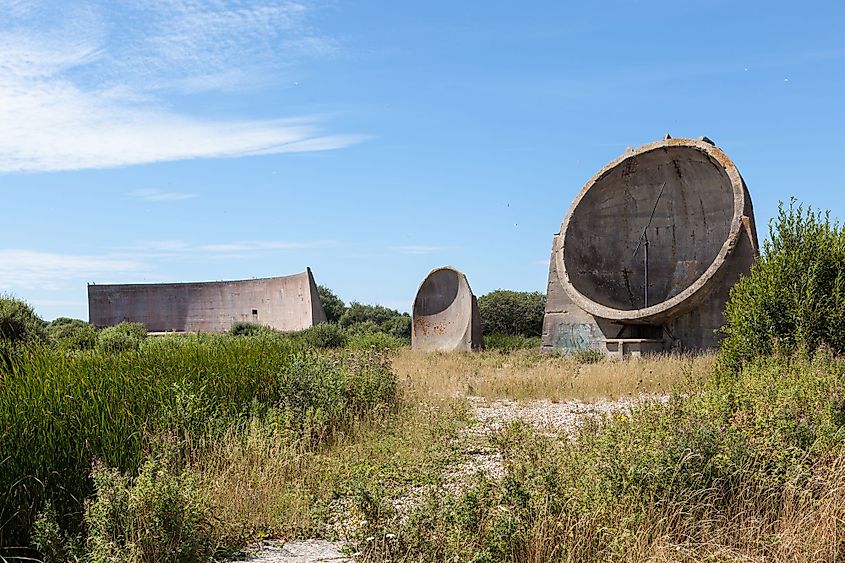
The name "Dungeness" comes from the Old Norse word "nes," which means headland. This name possibly refers to the Denge Marsh, which Dungeness protects. To stop the Channel from being encroached, the Romans constructed marine defenses at Dymchurch and Rhee Wall, which have been continuously maintained since. The RSPB, which owns and maintains a large portion of the land, has historically struggled to sustain its conservation efforts because of military and nuclear installations. The RSPB works hard to monitor and limit activities that they deem to be too damaging to the area's unspoiled natural beauty. Due to a continuing struggle between conservation and other usages, Dungeness is no longer the pristine shingle desert it once was, while having managed to survive the twentieth century as a landscape that is almost as unique as it was a century ago. In the 20th century alone, Dungeness served as a base for defense and industrial development and was used for military, nuclear, ecological, and cultural objectives.
Ecology Of Dungeness
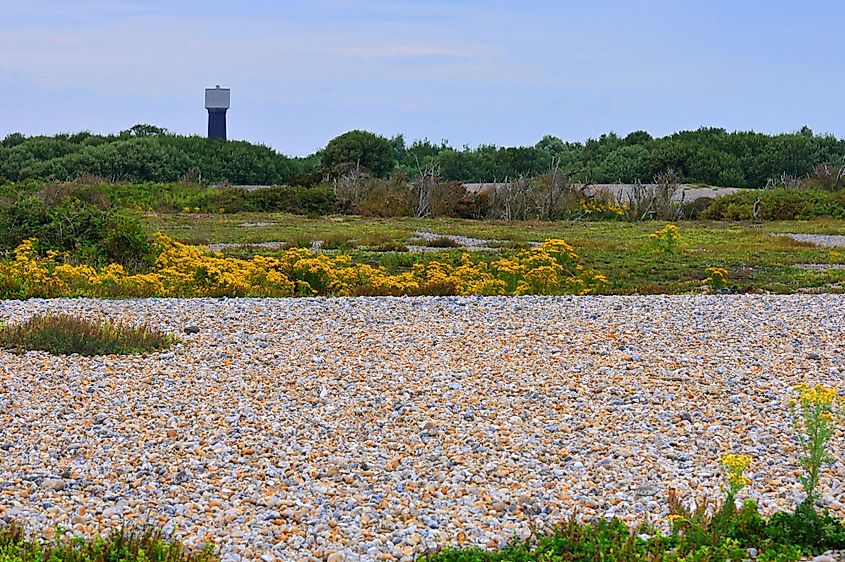
Dungeness is one of Europe's biggest expanses of shingle. In addition to the landscape's geomorphological importance, the region is significant for the plant world, communities of invertebrate animals, and wild bird populations. The area is considered a site of special scientific significance and is recognized and protected as a National Nature Reserve (NNR). The headland experiences more sunny days and two weeks less frost than the UK average because of its moderate environment. In the same area, there are more than 600 plant species and a wide variety of fauna, including uncommon species of bees, beetles, spiders, and moths. Because of its location in the English Channel, it is a great area to observe migratory birds, including wheatears, swallows, martins, and warblers, as they come in the spring and go away in the fall. During the summer, redshanks, lapwings, and reedbed birds breed here. A wide variety of insects, especially moth species, are abundant at Dungeness. The Sussex emerald moth, a night-flying green moth that emerges in July, is one specialty. This moth is unique to Britain and is only found at Dungeness.
What Makes Dungeness Unique?
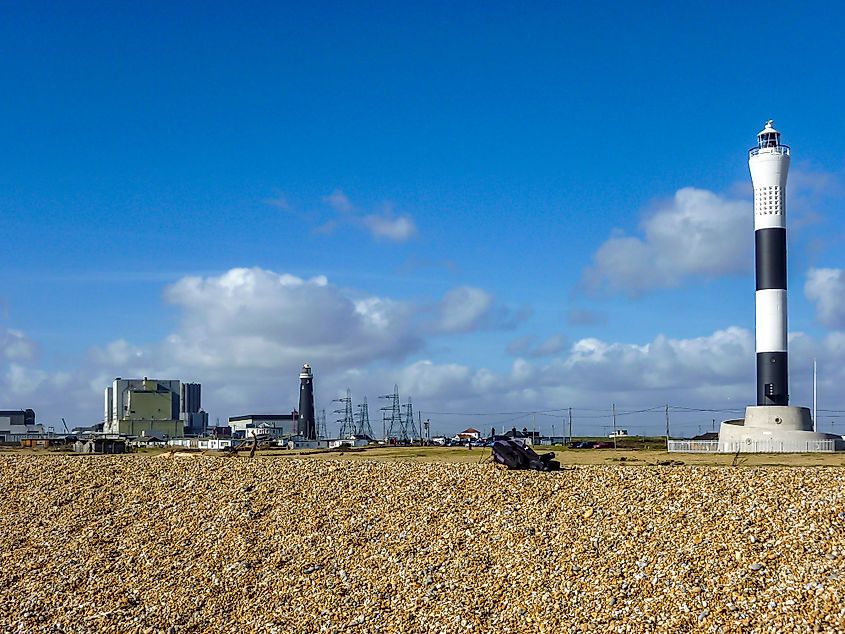
The numerous lighthouses scattered around the headland are a particularly unusual characteristic of the region, adding to the diversity and distinctive morphology of the terrain. Seven of them have been constructed over time, the most recent being the Dungeness Lighthouse, which started operating from November 20, 1961. Additionally, Dungeness is home to two nuclear power plants, each of which has a public visitors' center that offers tours. Dungeness is well known for its stunning assortment of houses that not only add to the area's architectural appeal and slightly eerie charm but also enrich the headland's historical background. Dungeness can be accessed by two roads: one along the coast from New Romney to the northern side and the other from Lydd to the north-western side. A 381mm gauge light railway named "Romney, Hythe, and Dymchurch Railway" also serves Dungeness.











